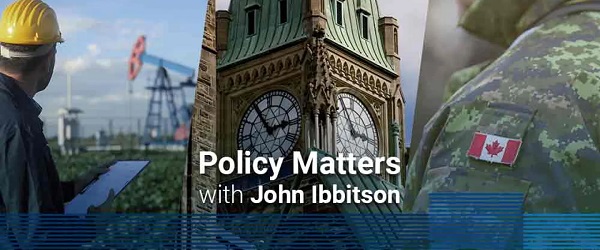Environment
Activist shares how Canadians can fight globalism through local action
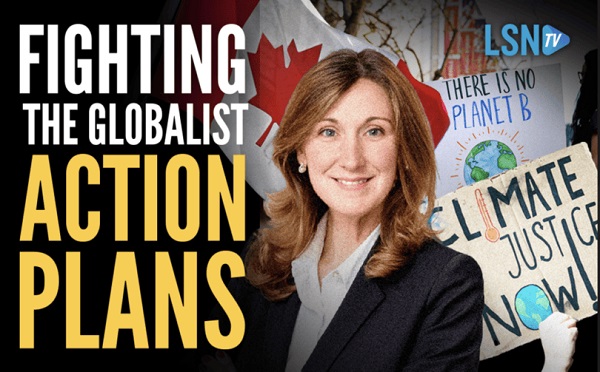
From LifeSiteNews
Maggie Braun, the founder of Kicking International Council out of Local Environmental Initiatives, told LifeSiteNews that there are ‘small wins happening every day’ against globalism by pro-local Canadians.
A pro-freedom advocate told LifeSiteNews that many Canadians have already successfully stood up to the meddling of the United Nations’ globalist agenda, encouraging all citizens to know their rights under the law to protect their local communities.
During a November 20 discussion at the Rankin Culture and Recreation Centre in Pembroke, Ontario, about the ways in which the United Nations are breaking municipal laws and violating property rights in an effort to achieve their globalist goals, Maggie Braun, the founder of Kicking International Council out of Local Environmental Initiatives (KICLEI), shared just what Canadians have been doing to successfully stand up for their local communities.
“There’s small wins happening every day,” Braun told LifeSiteNews in an interview before the discussion.
“Counselors opening up and communicating with the community and our concerns and just bridging that gap and sharing and exchanging information with them and slowly watching them start to make moves to withdraw from the programs or shut down renewable energy projects that don’t make sense in their area,” she shared as an example of successful pushback.
KICLEI is an organization dedicated to empowering local governments to address the needs in their community, and not to blindly follow the direction of groups like the UN.
The group also works to ensure “every Canadian enjoys the right to privacy, property, and self-determination, while fostering respect for our cultural and regional diversity.”
According to Braun, her goal is to “advocate for local environmental stewardship programs over globally mandated climate action plans” by informing Canadians of their property rights, particularly with respect to the attempted implementation of the UN’s climate policies.
“We’ve discovered that these programs are coming in through an organization called ICLEI (Local Governments for Sustainability) and the Federation of Canadian Municipalities, who have brought certain programs down to the municipal level to drive climate action plans,” Braun explained.
Following this discovery, Braun has been working to bring awareness to the issue and persuade city and town councils to vote against UN recommendations which would undermine their citizens’ sovereignty. She revealed that her first victory was in Thorold, Ontario.
Braun explained that a group of four “saw that the environmental committee had openings,” and decided to send delegations to the meeting, start petitions and pack the council with support.
“We did four delegations in a row and by the end of it the staff recommended that they withdraw from the program,” Braun stated. “We just had to show up and do the basic work and it worked.”
“That was our first big win and now we’ve taken those strategies, developed tools that we can bring across the country” to help citizens “push back on the climate action plan.”
Earlier in November, Maggie Hope Braun told LifeSiteNews via email that the meeting will address how global agendas, “particularly UN climate initiatives,” are reshaping municipal priorities and policies across Canada.
Braun voiced concerned over local governments feeling pressured to adopt policies set by international organizations rather than responding to local priorities.
“Programs aligned with UN climate goals often come with strings attached, especially regarding federal funding, which can compel municipalities to follow UN Sustainable Development Goals (SDGs) to access resources,” she wrote. “This reliance can dilute local autonomy, making it difficult for municipalities to allocate budgets according to their own needs, as funding is often tied to specific climate-related expenditures—like electric fleets—that may not suit every community’s practical or economic realities.”
She added that these programs often introduce costly mandates, increase taxes, and, in some cases, affect privacy through the use of data-monitoring smart technologies, all of which can strain communities financially and socially.
“Canadians are beginning to feel these pressures, and many are questioning the long-term impacts on their rights, privacy, and economic well-being,” Braun stated.
Braun’s concerns are hardly unfounded as in March, the World Health Organization (WHO) issued an “urgent” call for countries around the world to sign on to their sovereignty-undermining “Pandemic Accord” by May. However, as May came around, countries were still unable to agree on the treaty, with many refusing to sign away their sovereign rights.
As a result, the treaty was not signed into law, but critics have warned that the WHO will likely continues its efforts to coerce countries to sign the document.
Similarly, Prime Minister Justin Trudeau’s “pandemic prevention and preparedness” bill is set to become law despite concerns raised by Conservative senators that it gives sweeping powers to government, particularly over agriculture.
Environment
EPA releases report on chemtrails, climate manipulation
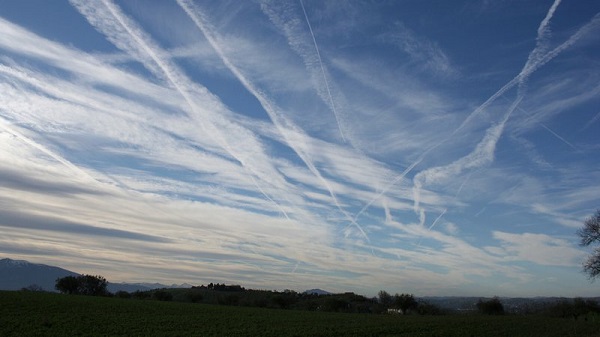
Quick Hit:
The Environmental Protection Agency under Administrator Lee Zeldin has released new online resources addressing public concerns about geoengineering and contrails. Zeldin stated the EPA is committed to transparency, publishing everything it knows about these controversial topics.
Key Details:
- New EPA Pages: Explain the science of contrails and debunk “chemtrail” claims, while outlining potential risks of solar geoengineering.
- Zeldin’s Statement: “Americans have legitimate questions… they deserve straight answers,” noting EPA’s concerns about geoengineering health and environmental risks.
- Legislative Context: Rep. Marjorie Taylor Greene plans to introduce a bill banning atmospheric chemical dispersals for weather modification purposes.
The Trump EPA is committed to total transparency. I tasked my team @EPA to compile everything we know about contrails and geoengineering to release to you now publicly. I want you to know EVERYTHING I know about these topics, and without ANY exception! https://t.co/izKBz0lFvr pic.twitter.com/FkOCgBm3K9
— Lee Zeldin (@epaleezeldin) July 10, 2025
Diving Deeper:
The Environmental Protection Agency on Thursday launched two detailed online resources aiming to give Americans what Administrator Lee Zeldin described as “total transparency” on contrails and geoengineering. In a video message, Zeldin said the pages were designed for “anyone who’s ever looked up to the streaks in the sky and asked, ‘What the heck is going on?’”
The EPA’s contrail page clarifies that condensation trails are a normal byproduct of jet aircraft exhaust, akin to car exhaust being visible on a cold day. The agency directly addressed claims that these are “chemtrails” — alleged intentional chemical releases for nefarious purposes like population control or weather modification — stating there is no evidence the federal government has ever used contrails to geoengineer or alter weather.
However, the agency acknowledged the reality of solar geoengineering research, particularly stratospheric aerosol injection (SAI), which aims to reflect sunlight to cool the planet. Zeldin noted that enthusiasm for such experiments has “set off alarm bells” within President Trump’s EPA, as the practice could deplete the ozone layer, damage crops, alter weather patterns, and create acid rain.
Currently, only one private U.S. company, Make Sunsets, has experimented with SAI and marine cloud brightening, though these remain in early research phases. Meanwhile, traditional weather modification, such as cloud seeding, has been conducted at state or local levels to alleviate droughts, not to control climate or populations.
The EPA also highlighted past U.S. government weather modification projects, including Operation Popeye during the Vietnam War, which attempted to extend the monsoon season to disrupt enemy supply lines. Some states, like Florida and Tennessee, have since passed laws banning geoengineering or weather modification without explicit approval.
Rep. Marjorie Taylor Greene (R-Ga.) recently pledged to introduce federal legislation criminalizing any injection or dispersal of chemicals into the atmosphere to alter weather or climate. Zeldin concluded that the EPA shares Americans’ concerns over geoengineering’s risks and emphasized that this marks the first time the agency has proactively addressed such public fears in this way.
Energy
B.C. Residents File Competition Bureau Complaint Against David Suzuki Foundation for Use of False Imagery in Anti-Energy Campaigns

From Energy Now and The Canadian Newswire
A group of eight residents of Northeast British Columbia have filed a formal application for inquiry with Canada’s Competition Bureau, calling for an investigation into the David Suzuki Foundation’s (the Foundation) use of false and misleading imagery in its anti-energy campaigns.
The complaint alleges that the Foundation has repeatedly used a two-decade-old aerial photograph of Wyoming gas wells to falsely depict modern natural gas development in B.C.’s Montney Formation. This area produces roughly half of Canada’s natural gas.
Key Facts:
- The misleading image has been used on the Foundation’s website, social media pages, reports and donation appeals.
- The Foundation has acknowledged the image’s true source (Wyoming) in some contexts but has continued to use it to represent B.C. development.
- The residents claim this materially misleads donors and the public, violating Section 74.01(1) of the Competition Act.
- The complaint is filed under Sections 9 and 10 of the Act, asking the Bureau to investigate and impose remedies including ceasing the conduct, publishing corrective notices, and returning proceeds.
Quote from Deena Del Giusto, Spokesperson:
“This is about fairness and truth. The people of Northeast B.C. are proud of the work they do to produce energy for Canada and the world. They deserve honest debate, not scare tactics and misleading imagery used to raise millions in donations. We’re asking the Competition Bureau to hold the David Suzuki Foundation to the same standard businesses face: tell the truth.”
Background:
Natural gas development in the Montney Formation supports thousands of jobs and fuels economic activity across the region. Accurate public information is vital to informed debate, especially as many Canadians live far from production sites.
SOURCE Deena Del Giusto
-

 Uncategorized13 hours ago
Uncategorized13 hours agoCNN’s Shock Climate Polling Data Reinforces Trump’s Energy Agenda
-
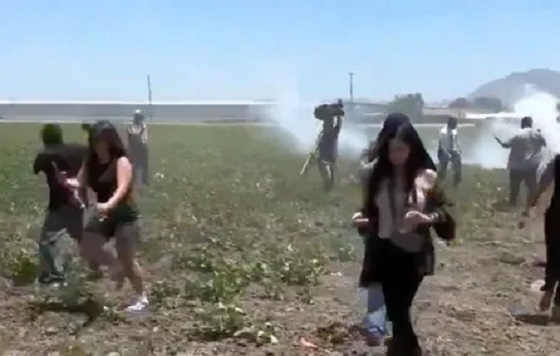
 illegal immigration2 days ago
illegal immigration2 days agoICE raids California pot farm, uncovers illegal aliens and child labor
-

 Energy1 day ago
Energy1 day agoLNG Export Marks Beginning Of Canadian Energy Independence
-

 Business1 day ago
Business1 day agoCarney government should apply lessons from 1990s in spending review
-
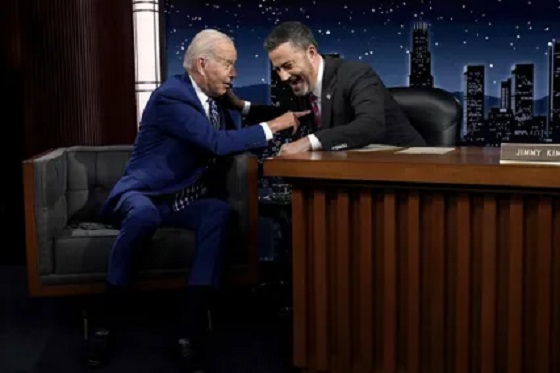
 Entertainment1 day ago
Entertainment1 day agoStudy finds 99% of late-night TV guests in 2025 have been liberal
-

 Frontier Centre for Public Policy13 hours ago
Frontier Centre for Public Policy13 hours agoCanada’s New Border Bill Spies On You, Not The Bad Guys
-
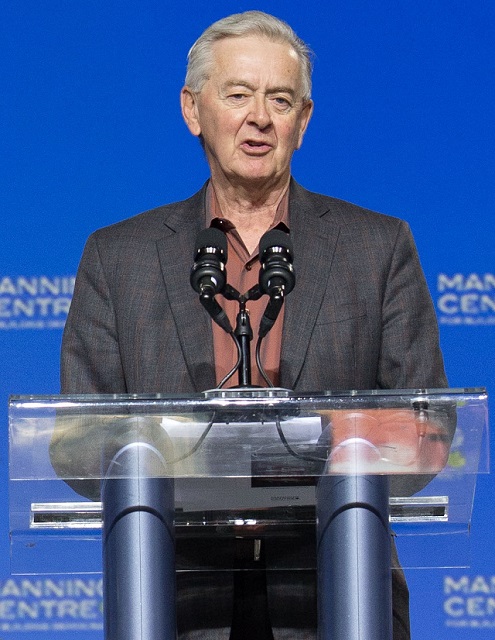
 Opinion6 hours ago
Opinion6 hours agoPreston Manning: Three Wise Men from the East, Again
-

 Addictions5 hours ago
Addictions5 hours agoWhy B.C.’s new witnessed dosing guidelines are built to fail




